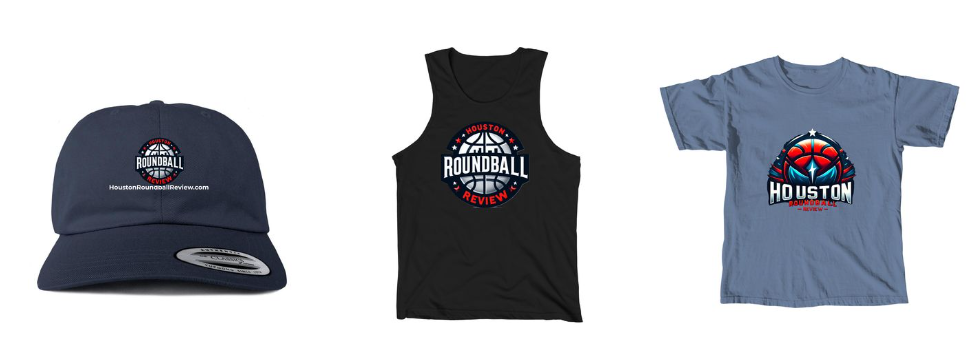Contact Kris Gardner for details pertaining to advertising on the website; the blogs; and / or the podcasts.
2018 NCAA "Mock" Selection Exercise
August 15, 2018
Tuesday, the NCAA held its annual "Mock" Selection Exercise to provide a "better understanding of the work of the committee and the challenges of the selection, seeding and bracketing process."Coaches, administration staffers, and members of the media took time out of their summer work routines to attend the Selection Exercise to see how the NCAA Basketball Committee puts together the Field of 64 for the NCAA Women's Basketball Tournament. During the Selection Exercise, attendees work as though it is the Sunday before Selection Monday (this year: Sunday, March 11, 2018).
Seeing the process and a getting a "behind-the-scenes" look at the selecting, bracketing, and seeding of the 64 teams is eye-opening. The process is tedious. Generally, in the "real world", the Committee takes four or 5 days to select the teams for the Tournament, we did a "CliffsNotes" version in a few hours.
I've been fortunate to attend five of the sessions: 2010, 2012, 2016, 2017, and 2018.
I enjoy attending the sessions to see how the process of selecting the teams for the Tournament has evolved from my previous time attending.
In 2010, about 20 to 25 people participated in the Selection Exercise. Tuesday, nearly 50 people participated in the Selection Exercise. Numerous questions were asked by the participants to the members of the Selection Committee and also the NCAA staff.
Compared to the previous times I participated, the 2018 session featured much more discussion in the room.
Each of the 10 members of the Committee is assigned specific conferences each season to follow and monitor throughout the season. Committee members watch copious amounts of basketball games as well as participate in Regional Advisory Committee calls during the season to obtain as much information about the teams.
Here's the list of criteria (in alphabetical order) used in the team selection process:
- Ability to elevate
- Availability of talent
- Bad losses
- Common opponents
- Competitive in losses
- Conference record
- Early competition versus late competition
- Head to head
- Non-conference record
- Overall record
- Regional rankings
- Relative strength of schedule
- RPI (Ratings Percentage Index)
- Significant wins
- Strength of conference
- Winnability
Nothing is etched in stone to determine which criteria is more important or less important than another criteria. Each of the 10 Committee members may emphasize different criteria -- which opens the door for the subjectivity in the selection process. However, based on the times I've participated in the Selection Exercises, RPI and strength of schedule loom at or near the top of importance to the Committee members who attend to help guide attendees through the process.
Tuesday, strength of schedule was summarized as "schedule teams tough enough that you can beat". Schools, coaches, and administrators may view that summation quite differently. However, if a mid-major conference has hopes of receiving more than one bid to the Tournament, it is imperative the majority (ideally, all) of the conference members schedule tough non-conference opponents. Tougher non-conference opponents improve the opportunities for quality wins (wins over teams Ranked 1 to 25 or 26 to 50). Clearly, tougher non-conference opponents are more difficult to defeat; however, the overall strength (or lack thereof) of a conference is important.
When the "Field of 64" is announced on Selection Monday, fans, media, administrators, and possibly a few coaches, gripe about the number of teams in the Tournament from the same conference:
"Why did 'Conference X' get 9 teams in the Tournament?"
Or, why did 'Conference Y' only get 1 team in the Tournament?"
"See, the Committee did it to us again."
Nope. Nope. And, nope.
 |
| Factors NOT Influential to the Selection Process |
The Committee does not plot to get a certain number of teams from a conference into the Tournament. The Committee does not select teams based on previous Tournament appearances. Nor, does the Committee create match-ups to make ESPN, tv partner, happy.
The Committee selects teams based on the current season. Geography is a determining factor in where teams are placed in the bracket. The top 16 teams are hosts for the first and second rounds; therefore, the other three teams in each of the 16 pods are placed in the pods based on which pod is closest to each team. As the Committee navigates through the 'S-curve of the 64 teams', priority is given to the higher listed team on the curve to be placed in the pod closest to that team. If conflicts such as repeat match-ups occur, then, teams may be moved across the seed line (2-seed, 3-seed, 4-seed) to obtain a balanced bracket. (Balance does not mean equal.) Next, the Committee continues along the S-curve placing teams in pods based on geography. Ideally, teams are placed in pods within a 5 to 6 hour driving distance of campus; however, based on the location of the first / second round host and / or the site of the Regional, teams may have to fly to that pod.
The software used by the Selection Committee to determine distance in miles from team to host site as well as to flag potential conflicts in early-round match-ups continues to evolve and improve. The software shows the Committee conflicts such as two teams played head-to-head earlier in the season or in the previous NCAA Tournament. Based on the principles and procedures, the Committee works to avoid those repeat match-ups in the first or second round of the Tournament.
Also, if possible, the Committee works to avoid conference members facing each other in any round prior to the Regional Final. However, if more than 4 teams from the same conference qualify for the Tournament, a match-up in a Regional Semi-final may occur which could not be avoided.
Next, the NCAA presented a slide which hopefully answers a question that pops up every year: How does the Committee handle situations involving injured and / or unavailable players?
 |
| Injured and Unavailable Players |
Answer:
For selections -- what a team accomplished during the season (full body of work) to be under consideration. For seeding -- who that team is NOW!
Are there other circumstances that need to be taken under consideration? (i.e. travel, scheduling, etc.)
The selection process will continue evolving; and, new metrics may be utilized in the future. Now that the 2018 "Mock" Selection Exercise is over, Committee members take a break before the 2018-'19 season begins. The Road to Tampa is on its way.
CLICK HERE for more NCAAW news and info.



